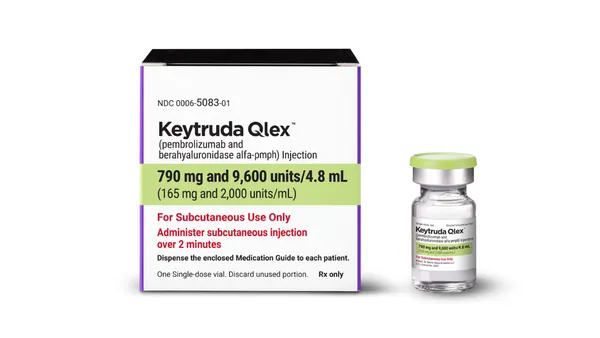Health, Hope, and the New Reality Matt Giegerich President and CEO Agency services The world of healthcare communications continues to change, and the pace of change is accelerating. Pharmaceutical brand marketers face a mind-numbing array of pressures and priorities as they seek to drive brand adoption and growth. CommonHealth The number of relevant audiences, audience segments, and subsegments in healthcare decision-making continues to expand: primary care, specialists, allied healthcare providers, pharmacists, managed care, PBMs, government, consumers/patients, caregivers, patient advocates, and so on, all can be critical to a brand’s success. And the multitude of communications venues and channels reaching these audiences is expanding as well, offering both traditional and nontraditional, branded and unbranded, dedicated and syndicated, push and pull alternatives in an increasingly interactive world. Opinions and analytics surrounding these choices flood marketers 24/7 in a raging river of bits and bytes, reports and ringtones, and meetings and mouse clicks. Since everyone has been forced to focus on short-term financial metrics, decisions are made both frequently and quickly about how, when, and where a brand is supported in the market. And with each decision, each agency assignment or dismissal, and each dollar debated by the procurement department, the industry asks and answers pivotal questions about the real value of marketing communications. Savvy marketers know well that this is a loaded exchange, because regardless of the inherent complexities and dynamics of the healthcare market, the value of marketing communications is dependent on a few key variables, which have been codified and proven across countless brands, categories, and years. This is by no means an exhaustive list, but these critical ingredients will greatly increase the odds of success in healthcare marketing. Authentic Audience Insights Health and healthcare is a complex subject. Patient and prescriber behaviors are deeply rooted, and changing attitudes and behaviors demands an inherent understanding of real motivations. Big Brand Ideas Big ideas, grounded in audience insight — and boldly, creatively executed — can truly change a brand’s destiny. And these transcendent brand ideas — not just pretty pictures or clever headlines — can pull together every aspect of a brand’s marketing effort into a coherent, compelling whole. Effective and Efficient Media Mix A mix of efficient, broad-based efforts, and targeted communications channels usually proves most effective, but good audience insights should drive media planning and result in an objective, agnostic mix of vehicles and venues. Integration/Coordination Integrated marketing efforts are simply more effective than fragmented (uncoordinated) efforts. The marketplace is a living ecosystem that requires a well-coordinated, holistic view. When the sales message is verbally and visually reinforced by the advertising, supported by the medical-education platform, and further linked to the online experience, an exponential impact on brand awareness, adoption, and advocacy can be expected. Similarly, if a patient’s experience during the exam-room dialogue is reflected accurately in a brand’s advertising, patient starter kit, and online loyalty/compliance program, there will be a more dramatic impact on attitude and behavior. Consistency Valued, and valuable, brands have resonant and enduring meaning guided by a steady marketing hand. Commitment to a brand’s personality and presence — over a long period of time — requires courage of vision and perseverance, despite short-term pressures. New Realities As the new realities of the healthcare marketing industry become more deeply entrenched, it is vital that leaders on every front reassert the true value of effective communications and reinforce some of the marketing basics that remain gospel today. We don’t sell molecules. We don’t sell pills. And we don’t sell little brown bottles. We sell health and hope. And effective communication is a truly vital ingredient. CommonHealth, Parsippany, N.J., a WPP Group company, is one of the world’s leading healthcare communications networks and comprises Adient, Altum, Carbon, CommonHealth Consumer Group, CommonHealth Paris, Conectics, Ferguson, HLS, MBS/Vox, Noesis, ProCom, Qi, and Solara. For more information, visit commonhealth.com. March 2007 VIEW on Advertising
An article from


Health, Hope, and the New Reality
Filed Under:
Commercialization









